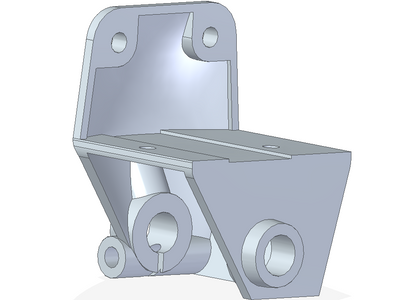Advanced CAD usage:
- Advanced solid modelling operations
- Modelling of parts with complex shapes and freeform surfaces
- Diverse and unconventional metodologies for CAD work
- Modelling operations for sheet metal parts
Manufacturing adaptation and preparation for manufacturing in Rapid Prototyping equipment
